Did you know that artificial intelligence (AI) has the potential to revolutionize aircraft mechanics roles? With AI technology rapidly advancing, the aviation industry is poised for major changes.
AI can enhance efficiency, streamline maintenance tasks, and even introduce collaborative workflows between humans and machines. As aircraft mechanics, embracing AI can provide you with new opportunities and help you adapt to the ever-evolving landscape.
Get ready to explore the exciting possibilities of AI-driven aircraft maintenance!
Key Takeaways
- AI-driven predictive maintenance can enhance efficiency and reduce downtime in aircraft maintenance.
- Automation of routine inspections and enhanced data analysis capabilities can improve safety and accuracy in maintenance tasks.
- AI has the potential to create new career opportunities for mechanics to work alongside AI systems.
- Embracing AI in aircraft maintenance is crucial for staying competitive in the industry and achieving better reliability, reduced downtime, and improved safety.

The Evolution of Aircraft Maintenance Practices
You will be amazed by the advancements in aircraft maintenance practices. The field of aviation maintenance has come a long way, with evolving maintenance practices and innovative maintenance technologies that have revolutionized the way aircraft are inspected and repaired.
Gone are the days when aircraft mechanics relied solely on manual labor and traditional tools. Now, cutting-edge technologies have made their way into the aviation industry, making maintenance more efficient and accurate than ever before. One such innovation is the use of drones for inspecting aircraft. These unmanned aerial vehicles can easily access hard-to-reach areas and capture high-resolution images, allowing mechanics to detect even the tiniest of flaws.
In addition to drones, the use of artificial intelligence (AI) has also made a significant impact on aircraft maintenance. AI algorithms can analyze vast amounts of data collected from various sensors and predict potential failures or maintenance needs. This proactive approach not only reduces the risk of unexpected malfunctions but also minimizes downtime, allowing aircraft to spend more time in the air.
Furthermore, the introduction of 3D printing technology has revolutionized the manufacturing and replacement of aircraft parts. With 3D printers, mechanics can create complex components with precision, reducing the time and cost associated with traditional manufacturing processes. This advancement has greatly improved the availability of spare parts, ensuring that maintenance tasks can be completed promptly.
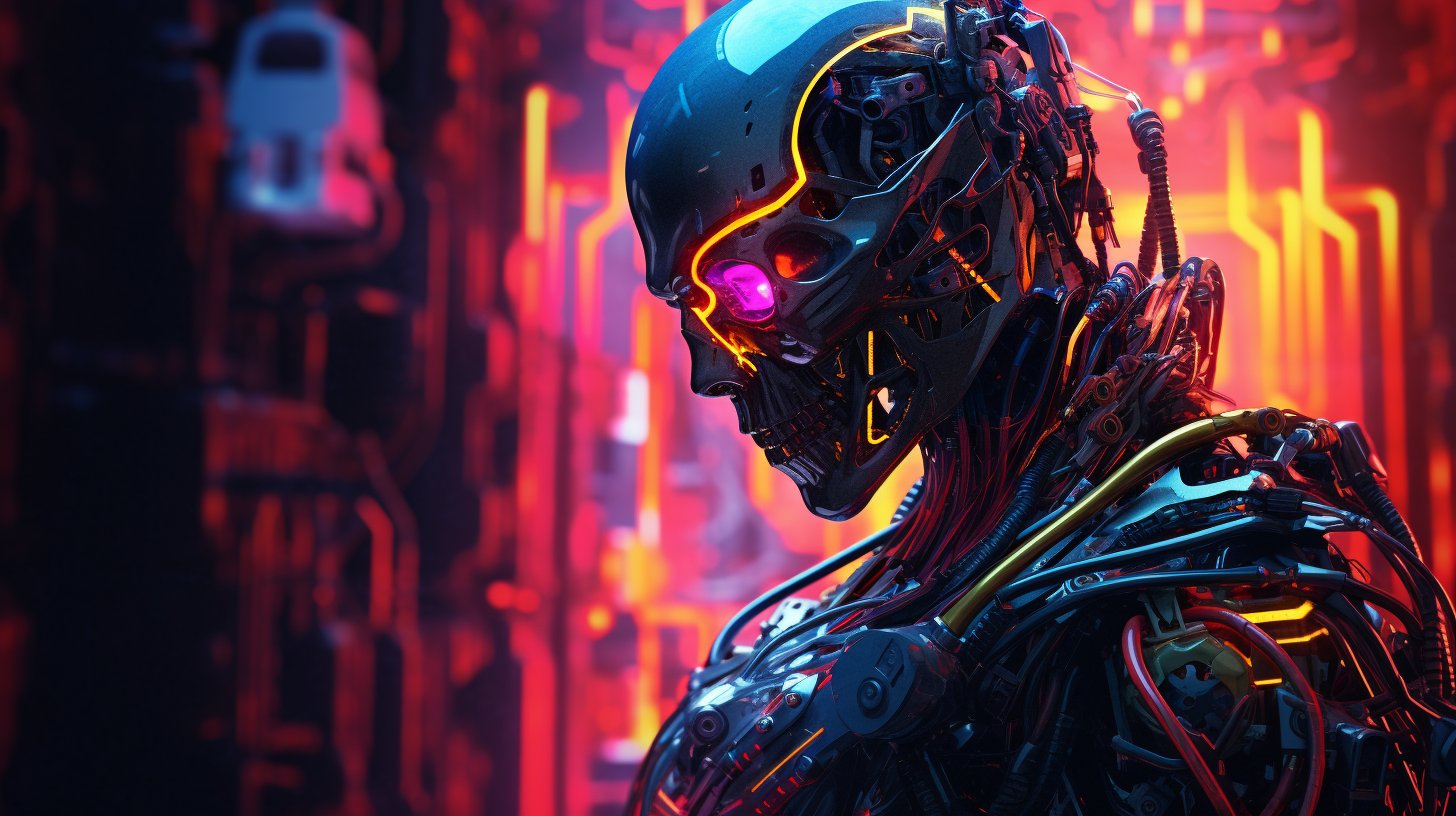
Understanding the Potential of Artificial Intelligence in Aviation
Artificial intelligence in aviation holds immense potential for improving efficiency and safety throughout the industry. With the advancements in technology, AI applications are now being explored in various areas, including aviation safety and air traffic control.
Imagine a future where AI systems can monitor and analyze vast amounts of data in real-time, making air travel safer and more efficient for everyone.
AI applications in aviation safety can greatly enhance the current safety measures in place. By analyzing data from sensors, cameras, and other sources, AI can quickly identify potential safety risks and alert aviation authorities or pilots in real-time. This proactive approach can help prevent accidents and ensure that safety protocols are followed at all times. Additionally, AI can assist in predictive maintenance, analyzing aircraft performance data to detect and address potential issues before they become critical. This can significantly reduce aircraft downtime and maintenance costs, allowing airlines to operate more efficiently.
In air traffic control, AI can revolutionize the way airspace is managed. With the increasing number of flights worldwide, traditional air traffic control systems are becoming overwhelmed. AI systems can analyze real-time data from radar, weather reports, and other sources to optimize flight routes, reduce congestion, and minimize delays. These systems can also adapt to changing conditions, ensuring that flights are rerouted or rescheduled in the event of adverse weather or other disruptions.
The potential of AI in aviation is vast, and its implementation can lead to a more efficient and safer industry. However, it’s important to ensure that AI systems are carefully developed and regulated to prevent any unintended consequences. With the right approach, AI can revolutionize aviation, providing a better travel experience for passengers and improving overall operational efficiency.

How AI Can Enhance Efficiency in Aircraft Maintenance
Implementing AI in aircraft maintenance can significantly improve efficiency and reduce downtime. With the advancements in AI technology, there are numerous AI applications in aircraft maintenance that can revolutionize the way maintenance is carried out.
One such application is AI-driven predictive maintenance. AI-driven predictive maintenance uses machine learning algorithms to analyze vast amounts of data collected from sensors and other sources to predict potential failures or maintenance needs. By analyzing historical data and patterns, AI can identify early warning signs of potential issues, allowing maintenance crews to take proactive measures before a breakdown occurs. This not only minimizes downtime but also saves costs associated with unscheduled maintenance.
Imagine a scenario where AI is used to monitor the performance of aircraft engines. The AI system continuously collects and analyzes data such as temperature, pressure, and vibration levels. It can detect anomalies and identify patterns that indicate possible engine failures. This early detection allows mechanics to address the issue before it becomes critical, reducing the risk of in-flight emergencies and costly repairs.
AI can also optimize maintenance schedules by analyzing historical data and predicting the best time for maintenance based on factors such as usage patterns, environmental conditions, and component lifespan. This ensures that maintenance is carried out at the most efficient time, minimizing disruption to flight schedules.
In addition to predictive maintenance, AI can also assist mechanics during the maintenance process. With AI-powered tools and augmented reality technology, mechanics can access real-time information and instructions, improving their efficiency and accuracy.
Implementing AI in aircraft maintenance not only enhances efficiency but also enables mechanics to focus on more complex and critical tasks. By taking advantage of AI applications in aircraft maintenance, the industry can achieve better reliability, reduced downtime, and improved safety. So, embrace the power of AI and revolutionize the way maintenance is done in the aviation industry.

The Impact of AI on Traditional Maintenance Tasks
There are several ways in which AI can revolutionize traditional maintenance tasks, such as automating routine inspections and streamlining data analysis. As aircraft mechanics, you may be wondering how this will impact your role in the future. Well, let’s dive into it and explore the possibilities together.
- Increased Efficiency: With AI, routine inspections can be automated, allowing you to focus on more complex tasks. This means you’ll be able to complete maintenance jobs quicker and more efficiently, saving both time and money.
- Enhanced Data Analysis: AI can analyze vast amounts of data in a fraction of the time it would take a human. This means you’ll have access to real-time insights and predictive analytics, enabling you to identify potential issues before they even occur.
- Improved Safety: AI-powered systems can detect anomalies and patterns that may not be evident to the human eye. By leveraging automation, you can ensure that every component of an aircraft is thoroughly inspected and maintained, reducing the risk of accidents.
- Future Prospects: Embracing AI in your maintenance tasks can open up new career opportunities. As technology advances, there will be a growing need for professionals who can work alongside AI systems, ensuring their proper functioning and troubleshooting any issues that may arise.
While it’s natural to be concerned about the impact of automation on your job, AI has the potential to revolutionize traditional maintenance tasks in a way that complements and enhances your skills. Embrace the possibilities and be ready to adapt to the changing landscape. Your future as an aircraft mechanic is bright, with endless opportunities for growth and advancement.

Exploring the Role of Machine Learning in Aircraft Mechanics
As an aircraft mechanic, you may be intrigued to explore how machine learning can revolutionize your role in the industry. The advancements in technology have paved the way for exciting possibilities, and machine learning applications are one of them. Imagine a future where AI-powered diagnostics can assist you in identifying and resolving complex maintenance issues more efficiently than ever before.
Machine learning, a subset of artificial intelligence, has the potential to transform the way aircraft mechanics approach their work. By analyzing vast amounts of data, machine learning algorithms can detect patterns and anomalies that human technicians might miss. This can greatly enhance the accuracy and speed of diagnostics, leading to faster turnaround times and increased aircraft availability.
With AI-powered diagnostics, you can benefit from real-time monitoring and predictive maintenance. By continuously analyzing data from various sensors installed on aircraft, machine learning algorithms can identify potential issues before they escalate into major problems. This proactive approach can’t only save time and money but also improve safety by preventing unexpected failures during flight.
Furthermore, machine learning can assist in optimizing maintenance schedules. By analyzing historical data, AI algorithms can predict when certain components are likely to fail and recommend maintenance actions accordingly. This can help you plan maintenance activities more efficiently, reducing the need for unscheduled downtime and minimizing disruptions to operations.
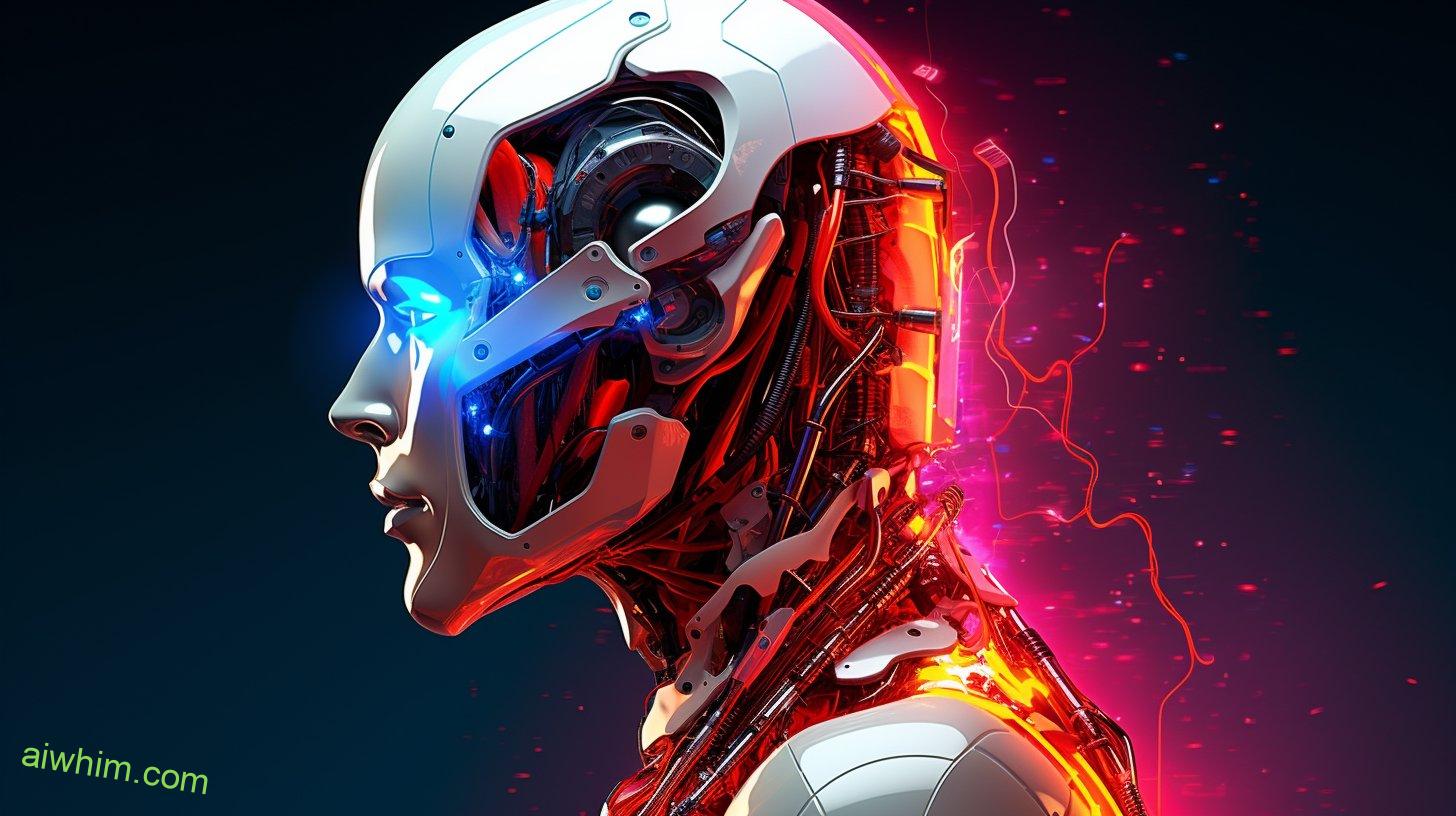
AI-Enabled Predictive Maintenance in the Aviation Industry
You can revolutionize aircraft maintenance by utilizing AI-enabled predictive maintenance in the aviation industry, improving efficiency and reducing downtime. With advancements in artificial intelligence, aircraft mechanics are now able to harness the power of AI to predict and prevent potential maintenance issues before they even occur.
Here are four ways AI-driven predictive maintenance is changing the game in aircraft maintenance:
- Enhanced Safety: By analyzing vast amounts of data in real-time, AI algorithms can identify patterns and anomalies that may indicate potential safety hazards. This enables maintenance crews to take proactive measures, ensuring the safety of both passengers and crew members.
- Cost Savings: AI-enabled aircraft maintenance allows for more accurate and efficient planning of maintenance schedules. By predicting when certain components will require maintenance, airlines can reduce the risk of unexpected breakdowns and optimize their maintenance operations. This not only saves on costly repairs but also minimizes downtime, maximizing the aircraft’s operational efficiency.
- Improved Reliability: With AI-driven predictive maintenance, mechanics can now monitor the health of critical aircraft systems in real-time. By constantly monitoring and analyzing data, AI algorithms can detect early warning signs of potential failures, allowing mechanics to take preventative action and ensure the reliability of the aircraft.
- Streamlined Processes: AI-enabled aircraft maintenance streamlines the entire maintenance process, from scheduling inspections to ordering spare parts. By automating routine tasks and providing real-time insights, mechanics can focus on more complex maintenance procedures, ultimately improving overall productivity and efficiency.
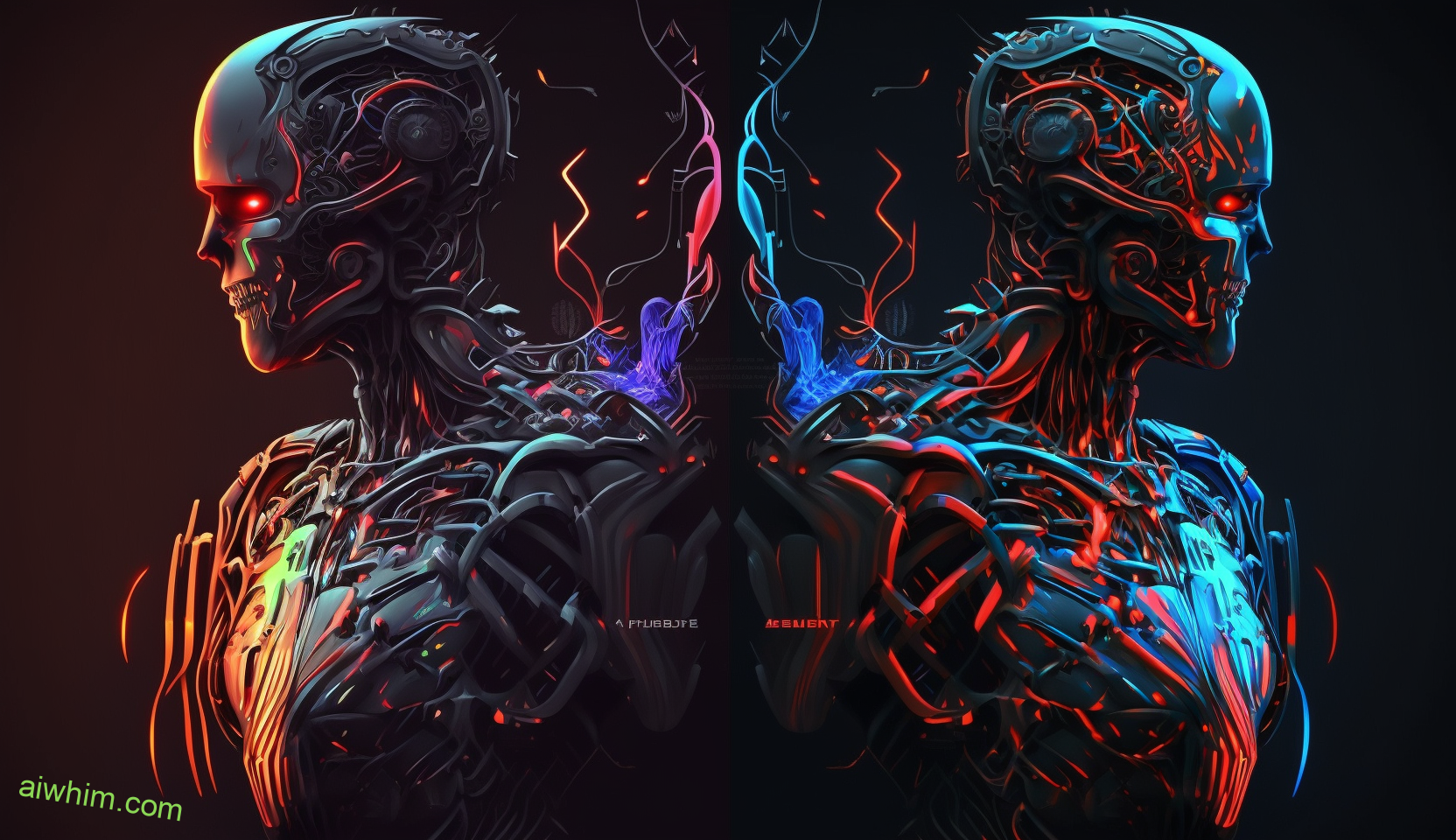
Advancements in Robotics and Automation for Aircraft Maintenance
You can now benefit from advancements in robotics and automation for aircraft maintenance, improving efficiency and precision in the industry. The integration of AI applications in aircraft maintenance has opened up new possibilities for robotic mechanics to take on tasks that were previously performed by humans. This shift towards automation not only streamlines the maintenance process but also reduces the risk of human error and enhances safety standards.
Advancements in robotics and automation have revolutionized the aircraft maintenance industry by introducing cutting-edge technologies that enhance productivity and accuracy. Robots equipped with AI capabilities can perform routine inspections, identify faults, and carry out repairs with utmost precision. This not only saves time but also reduces the need for manual labor, allowing technicians to focus on more complex tasks.
To further illustrate the impact of advancements in robotics and automation, let’s take a look at the following table:
| Advantages of Advancements in Robotics and Automation |
|---|
| Increased efficiency and productivity |
| Enhanced precision and accuracy |
| Reduced human error and improved safety standards |
| Streamlined maintenance process |
| Cost savings through reduced labor requirements |
As you can see, the benefits of incorporating robotics and automation in aircraft maintenance are significant. The increased efficiency and precision provided by AI-enabled robots can result in faster turnaround times for maintenance tasks, leading to reduced aircraft downtime and increased operational efficiency. Furthermore, the reduction in human error and improved safety standards contribute to a safer and more reliable aviation industry.

Addressing Safety Concerns With AI in Aircraft Mechanics
One way to address safety concerns with AI in aircraft mechanics is by implementing regular inspections and maintenance checks, so that any potential issues can be identified and resolved promptly. This ensures that the AI systems are functioning properly and aren’t putting the aircraft or passengers at risk.
However, addressing safety concerns goes beyond just inspections and maintenance. It also involves considering the ethical considerations surrounding the use of AI in aircraft mechanics. Here are four important ethical considerations to keep in mind:
- Transparency: It’s crucial for the AI systems used in aircraft mechanics to be transparent. This means that the algorithms and decision-making processes should be explainable and understandable to human operators. Transparency helps build trust and confidence in the AI systems and ensures accountability.
- Bias detection and elimination: AI systems are prone to biases, which can lead to unfair or discriminatory outcomes. It’s essential to have mechanisms in place to detect and eliminate biases in AI algorithms used in aircraft mechanics. This ensures fair treatment for all passengers and prevents any potential harm.
- Data privacy and security: AI systems in aircraft mechanics rely on vast amounts of data. It’s important to safeguard this data and ensure that it’s protected from unauthorized access or misuse. Proper data privacy and security measures should be implemented to protect the personal information of passengers and maintain their trust.
- Human oversight and intervention: While AI can automate many tasks in aircraft mechanics, it’s crucial to have human oversight and intervention. Humans should always have the final say and be responsible for making critical decisions. This helps prevent any potential errors or malfunctions in the AI systems and ensures the safety of the aircraft and its passengers.

The Integration of AI Systems in Aircraft Maintenance Operations
AI systems are revolutionizing aircraft maintenance operations by improving efficiency and accuracy in detecting and resolving maintenance issues. These intelligent systems have the potential to transform the roles of aircraft mechanics by augmenting their capabilities and streamlining the maintenance process. However, the integration of AI in aircraft maintenance also brings with it potential risks and ethical considerations that need to be carefully addressed.
| Potential Risks of AI Integration | Ethical Considerations in AI Implementation |
|---|---|
| Malfunction or incorrect diagnosis | Job displacement and impact on human workforce |
| Data privacy and security concerns | Bias and fairness in decision-making processes |
| Overreliance on AI systems | Transparency and explainability of AI algorithms |
| Technical limitations and errors | Accountability and responsibility for AI actions |
| Resistance and acceptance issues | Safety and reliability of AI systems |
While AI systems can greatly enhance the efficiency and accuracy of aircraft maintenance, there are potential risks that need to be mitigated. One concern is the possibility of malfunction or incorrect diagnosis by AI systems, which could lead to ineffective or even harmful maintenance actions. Data privacy and security also become critical considerations, as AI systems rely on large amounts of sensitive data.
Ethical considerations in AI implementation cannot be overlooked. The integration of AI in aircraft maintenance may lead to job displacement and have an impact on the human workforce. Ensuring fairness and mitigating biases in AI decision-making processes is crucial to avoid discriminatory outcomes. Transparency and explainability of AI algorithms are also essential for building trust and understanding in the system.
Technical limitations and errors are another area of concern. AI systems may encounter limitations in accurately interpreting complex maintenance issues or may make mistakes due to algorithmic errors. It is important to have mechanisms in place to hold AI systems accountable for their actions and ensure their safety and reliability.
Resistance and acceptance issues among aircraft mechanics and other stakeholders may also pose challenges to the successful integration of AI systems. It is important to address these concerns and ensure that the benefits of AI are communicated effectively to gain acceptance and cooperation.

Skill Requirements and Training for AI-Driven Aircraft Mechanics
As the demand for AI-driven aircraft mechanics increases, it’s crucial to provide comprehensive skill requirements and training programs to ensure their effectiveness in the industry. With advancements in artificial intelligence technology, the role of aircraft mechanics is evolving rapidly. Here are four key considerations for skill requirements and training for AI-driven aircraft mechanics:
- Technological proficiency: AI-driven aircraft mechanics need to have a solid understanding of the latest AI technologies used in the aviation industry. This includes knowledge of machine learning algorithms, data analysis techniques, and programming languages commonly used in AI systems.
- Analytical skills: AI-driven aircraft mechanics should possess strong analytical skills to interpret data collected by AI systems. They must be able to identify patterns, trends, and anomalies in the data to make accurate diagnoses and maintenance decisions.
- Communication skills: Effective communication is vital in the aviation industry. AI-driven aircraft mechanics must be able to communicate complex technical information to both technical and non-technical stakeholders. This includes explaining AI-driven maintenance recommendations to pilots, engineers, and airline executives.
- Adaptability and continuous learning: The field of AI is constantly evolving, and AI-driven aircraft mechanics must be willing to adapt and continuously learn new skills. They should stay updated with the latest advancements in AI technology and be proactive in seeking out additional training opportunities.

Collaborative Human-AI Workflows in Aircraft Maintenance
Are you ready to explore the collaborative workflows between humans and AI in aircraft maintenance? The integration of AI technology in the aviation industry has opened up a world of possibilities in optimizing maintenance workflows and enhancing decision-making processes. By harnessing the power of collaborative human-AI decision making, aircraft maintenance can be revolutionized, increasing efficiency, reducing costs, and improving overall safety.
To better understand the potential impact of collaborative human-AI workflows in aircraft maintenance, let’s take a look at the following table:
| Workflow Step | Traditional Method | Collaborative Human-AI Method |
|---|---|---|
| Inspection | Manual visual checks | AI-powered image recognition |
| Diagnosis | Expert judgment | AI algorithms and data analysis |
| Repair | Manual labor | AI assistance and automation |
| Quality Control | Manual inspections | AI-based anomaly detection |
In the traditional method, each step of the maintenance process relies heavily on human expertise and physical labor. However, by incorporating AI technology, these tasks can be streamlined and optimized. AI-powered image recognition can quickly identify potential issues during inspections, reducing human error and providing a more accurate assessment. AI algorithms and data analysis can assist in diagnosing problems, improving efficiency and accuracy. AI can also automate certain repair tasks, freeing up human mechanics for more complex and critical jobs. Lastly, AI-based anomaly detection can enhance quality control, ensuring that maintenance work meets the highest standards.
The collaborative human-AI workflows in aircraft maintenance offer a unique opportunity for mechanics to work alongside AI technology, leveraging its capabilities to improve their own performance. This collaboration not only optimizes maintenance workflows but also empowers mechanics to focus on higher-level tasks, ultimately enhancing the overall safety and reliability of aircraft operations. So, are you ready to embrace the future of aircraft maintenance and explore the possibilities of collaborative human-AI decision making?

Challenges and Opportunities of AI Adoption in Aviation
You might encounter both challenges and opportunities while adopting AI in aviation. As technology continues to advance, the aviation industry is exploring the potential of AI to improve efficiency and safety. Here are four key points to consider when it comes to the challenges and opportunities of AI adoption in aviation:
- Increased Efficiency: AI has the potential to streamline operations and improve productivity. By automating routine tasks, AI can free up valuable time for aviation professionals to focus on more complex and critical aspects of their work. This increased efficiency can lead to cost savings and improved performance.
- Enhanced Safety: AI can play a vital role in improving safety in aviation. With its ability to gather and analyze vast amounts of data in real-time, AI systems can help identify potential risks and provide timely alerts to prevent accidents. By leveraging AI technology, aviation maintenance professionals can enhance their ability to detect and address maintenance issues promptly, minimizing the chances of equipment failure.
- Reduced Maintenance Costs: The impact of AI on aviation maintenance costs is significant. AI-powered predictive maintenance systems can analyze data from aircraft sensors and identify potential failures before they occur. This proactive approach to maintenance can reduce unplanned downtime and costly repairs, resulting in significant cost savings for airlines and maintenance providers.
- Skills and Training: The adoption of AI in aviation requires a workforce with the necessary skills and knowledge to operate and maintain AI systems effectively. Providing adequate training and upskilling opportunities for aviation professionals will be crucial to maximize the potential benefits of AI adoption while ensuring a smooth transition.
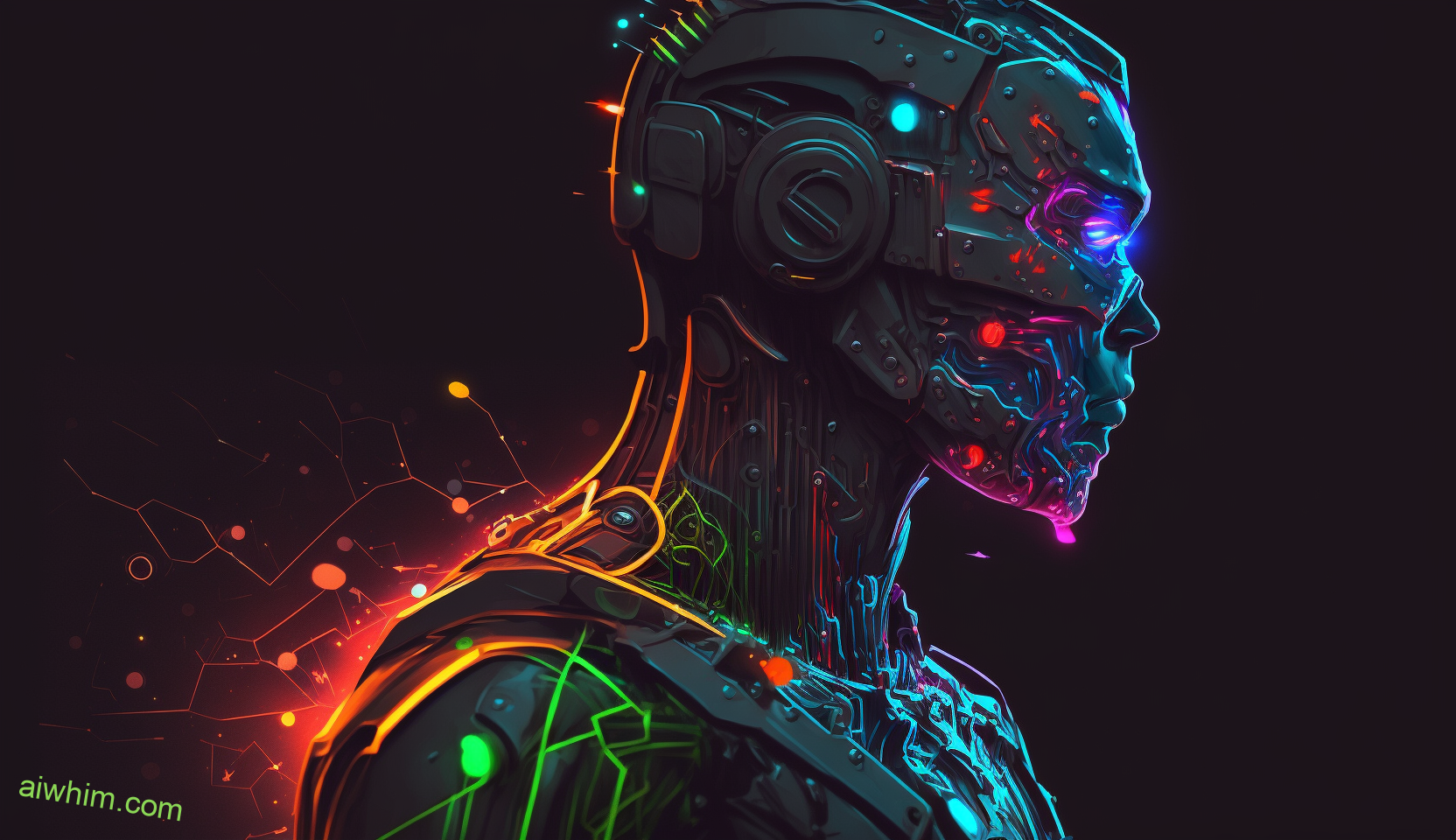
The Future Outlook for AI-Driven Aircraft Maintenance
The future outlook for AI-driven aircraft maintenance is promising, as advancements in technology continue to revolutionize the industry. AI has the potential to greatly improve the efficiency and effectiveness of aircraft maintenance, leading to safer and more reliable flights.
However, there are certain challenges that need to be addressed in order to fully realize the benefits of AI in this field.
One of the future challenges in implementing AI-driven aircraft maintenance is the need for extensive data collection and analysis. AI algorithms rely on large amounts of data to make accurate predictions and decisions. Therefore, it’s crucial to have a robust data infrastructure in place that can collect, store, and process data from various sources, such as sensors and maintenance records. Additionally, there’s a need for skilled data scientists and engineers who can effectively analyze and interpret the data to derive actionable insights.
Another challenge is the integration of AI into existing maintenance processes and workflows. Aircraft maintenance is a complex and highly regulated field, and any changes or additions to the existing processes must be carefully implemented to ensure compliance with safety standards. This requires close collaboration between AI experts and aircraft maintenance professionals to develop AI systems that seamlessly integrate into the existing framework.
Despite these challenges, the industry applications of AI-driven aircraft maintenance are vast. AI can assist in predictive maintenance, where it can analyze real-time data to detect potential issues before they become major problems. It can also optimize maintenance schedules and inventory management, leading to cost savings and improved operational efficiency. Furthermore, AI can enhance decision-making by providing maintenance crews with real-time insights and recommendations, helping them make informed decisions quickly.
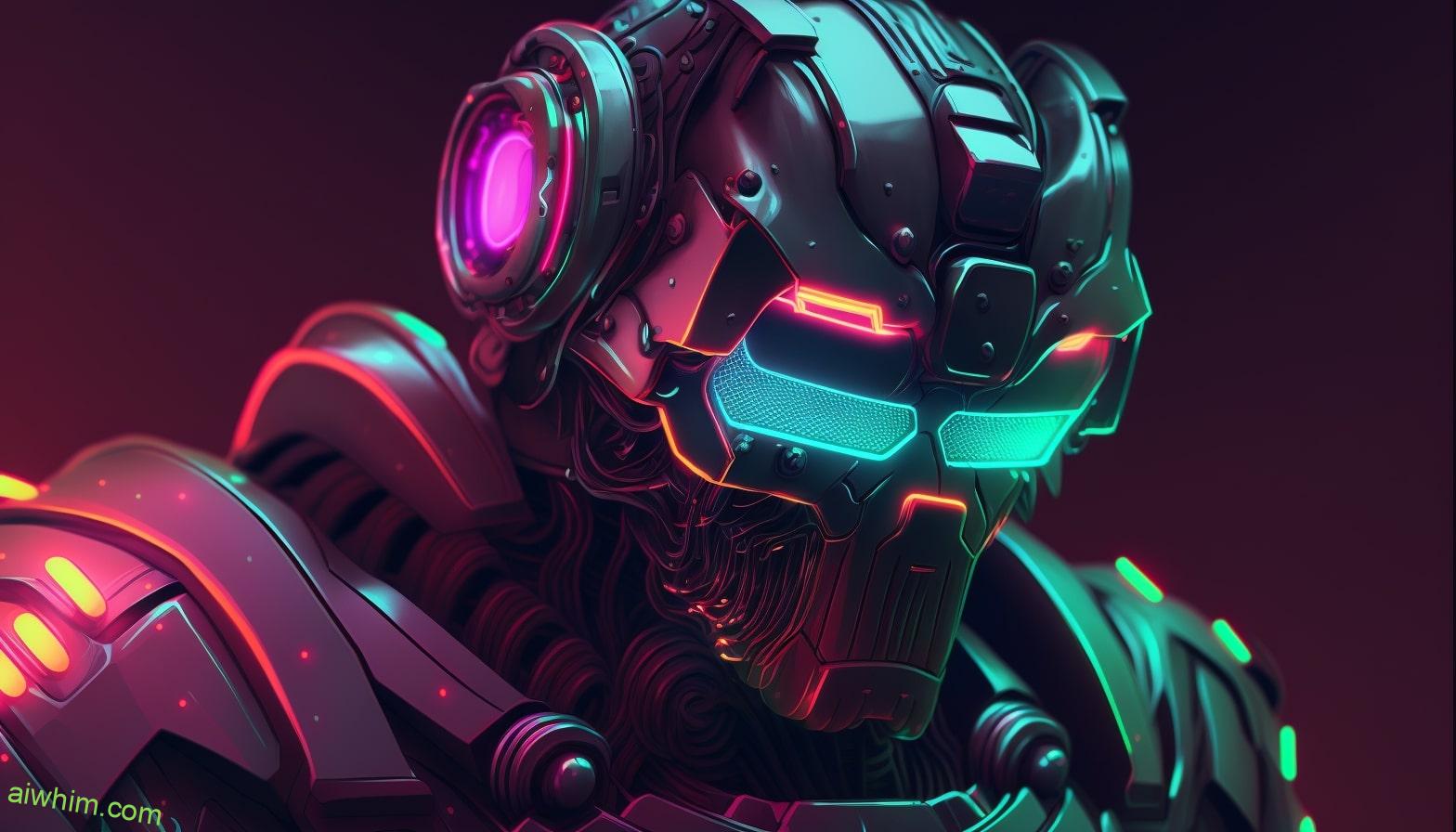
Embracing AI: Adapting to the Changing Landscape of Aircraft Mechanics
By embracing AI and adapting to the changing landscape of aircraft mechanics, you can stay ahead of technological advancements and enhance your efficiency and effectiveness in maintaining aircraft.
The rapid development of automation and artificial intelligence is transforming the way aircraft inspections are conducted.
Here are four reasons why you should embrace AI and adapt to the changing landscape of aircraft mechanics:
- Increased Accuracy: AI technologies have the ability to analyze vast amounts of data with incredible precision. By incorporating AI into aircraft inspections, you can expect more accurate and reliable results, minimizing the risk of human error.
- Time and Cost Savings: With AI, the process of aircraft inspections can be streamlined, allowing for quicker turnarounds and reducing downtime. By automating repetitive tasks, you can save valuable time and resources, ultimately increasing productivity and profitability.
- Enhanced Safety: AI can assist in identifying potential maintenance issues before they escalate into more significant problems. By utilizing AI in aircraft inspections, you can proactively address maintenance needs, ensuring the safety of both passengers and crew.
- Improved Decision Making: AI technologies can provide valuable insights and predictive analytics, enabling you to make more informed decisions regarding aircraft maintenance. By leveraging AI, you can prioritize maintenance tasks, optimize resource allocation, and plan for future maintenance needs.
It is essential to adapt to automation and embrace AI in aircraft inspections to stay ahead of the curve in the ever-evolving field of aircraft mechanics. By doing so, you can enhance your efficiency, improve safety, and ultimately, maintain your freedom to excel in your role as an aircraft mechanic.
Embrace the future of aircraft maintenance and reap the benefits that AI has to offer.

Frequently Asked Questions
How Has the Role of Aircraft Mechanics Evolved Over Time?
Over time, the role of aircraft mechanics has evolved due to role transformation and technological advancements. You have witnessed changes in procedures and tools, making your job more efficient and allowing for greater freedom in your work.
What Are the Potential Benefits of Using Artificial Intelligence in Aviation?
AI in aviation offers improved safety and predictive maintenance. Imagine a future where AI detects and prevents potential issues before they happen, giving you the freedom to fly with peace of mind.
How Can AI Enhance Efficiency in Aircraft Maintenance?
Incorporating AI into aircraft maintenance can enhance efficiency by enabling predictive maintenance and automated inspections. This technology frees you from manual tasks and allows you to focus on more complex and critical aspects of your job.
What Traditional Maintenance Tasks Can Be Impacted by AI?
Automation will greatly impact traditional maintenance tasks in the aircraft industry. AI applications can revolutionize processes like engine diagnostics, system monitoring, and predictive maintenance, freeing up mechanics to focus on more complex and critical tasks.
What Are the Challenges and Opportunities of Adopting AI in Aviation?
The challenges and opportunities of adopting AI in aviation are vast. From improving maintenance efficiency to reducing human error, AI has the potential to revolutionize the industry. Embrace the possibilities and overcome the obstacles.
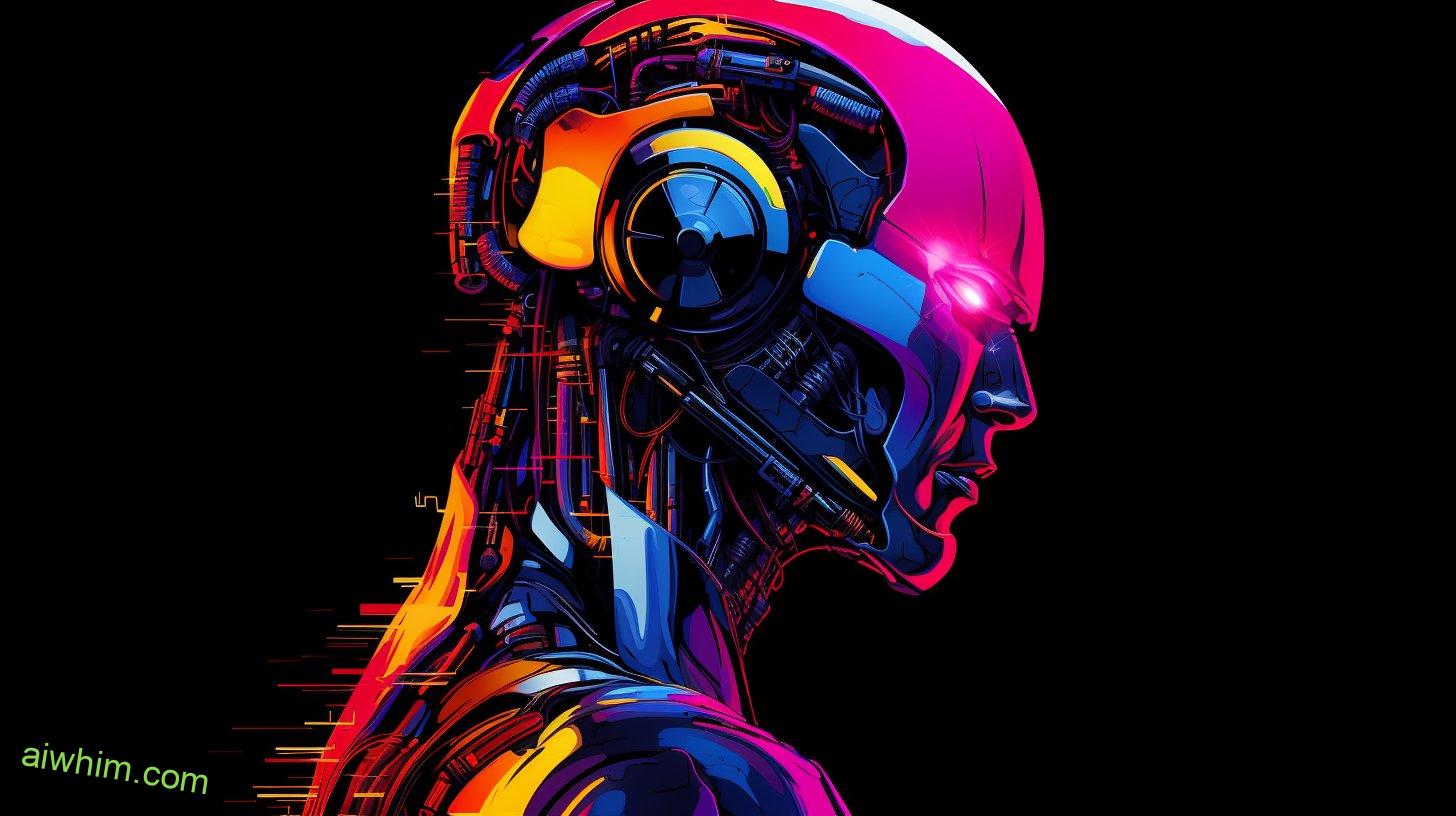
Conclusion
As you embrace the changing landscape of aircraft mechanics, you’ll witness the wings of artificial intelligence unfold, revolutionizing the industry.
Like a skilled painter adding vibrant strokes to a canvas, AI will enhance efficiency and transform traditional maintenance tasks.
With machine learning and collaborative workflows, aircraft mechanics will soar to new heights, seamlessly working alongside AI.
Challenges and opportunities will arise, but the future outlook for AI-driven aircraft maintenance is bright, painting a picture of innovation and advancement in the skies.







